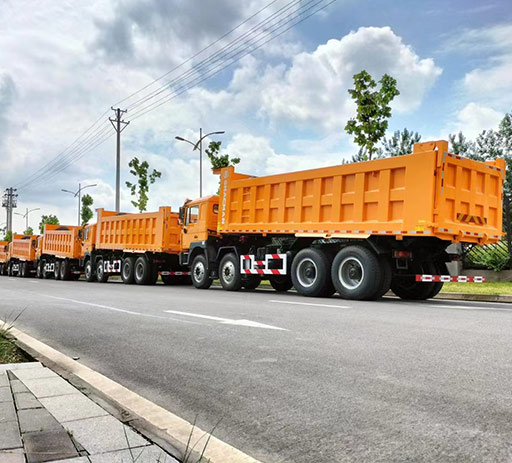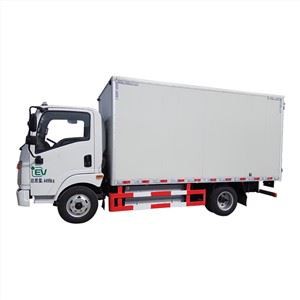Understanding Septic Vacuum Tanks: The Essential Guide
Septic vacuum tanks play a crucial role in the maintenance and functionality of septic systems. They are designed to safely collect and store waste, ensuring a clean and efficient disposal process. This article will delve deep into septic vacuum tanks, covering everything from their components to their applications, maintenance tips, and frequently asked questions.
What is a Septic Vacuum Tank?
A septic vacuum tank is a specialized tank used in the sanitation industry to collect and store waste materials and liquids from septic systems. It functions by utilizing a vacuum system to suck waste from various sources, including residential septic tanks, commercial properties, and even portable toilets. These tanks are typically comprised of durable materials to withstand harsh conditions and are equipped with a series of valves and hoses for efficient operation.
Components of a Septic Vacuum Tank
Understanding the components of a septic vacuum tank can help in its operation and maintenance.

Main Components

- Tank Body: The main container that holds the waste materials.
- Vacuum Pump: Creates the vacuum necessary for waste collection.
- Hoses and Valves: Essential for connecting the tank to the source of waste and preventing leaks.
- Level Indicator: Displays the level of waste in the tank.
- Accessories: Includes fittings and connectors used for service and maintenance.
Types of Septic Vacuum Tanks

Septic vacuum tanks come in various types, each designed for specific applications:
| Type | Application | Capacity |
|---|---|---|
| Residential | Single-family homes | 500-3000 gallons |
| Commercial | Businesses and larger facilities | 3000-10,000 gallons |
| Portable | Events or construction sites | 100-1000 gallons |
How Does a Septic Vacuum Tank Work?
The operation of a septic vacuum tank involves several key steps:
Step-by-Step Process
- Connecting the Hose: The operator connects a hose from the vacuum truck to the septic tank’s outlet.
- Creating Vacuum: The vacuum pump is activated, creating negative pressure within the tank.
- Extracting Waste: Waste is sucked into the tank through the hose.
- Monitoring Levels: The level indicator is monitored to ensure the tank does not overflow.
- Disposing Waste: Once full, the tank is transported to a treatment facility for proper disposal.
Applications of Septic Vacuum Tanks
Septic vacuum tanks have a range of applications across different sectors:
Residential Use
In residential settings, septic vacuum tanks are commonly used for routine maintenance of septic systems, especially in areas where municipal sewage systems are not available.
Commercial and Industrial Use
In commercial applications, these tanks are essential for managing waste from businesses, schools, and hospitals, where larger waste volumes are generated.
Construction and Events
Portable septic vacuum tanks are utilized on construction sites and during large events, providing temporary waste management solutions.
Maintaining Your Septic Vacuum Tank
Proper maintenance is crucial for the longevity and effectiveness of septic vacuum tanks.
Regular Inspection
Conducting regular inspections of the tank components and operation system is vital. Check for:
- Leaks in hoses or fittings
- Functionality of the vacuum pump
- Condition of the tank body
Cleaning and Emptying
Septic tanks should be cleaned and emptied regularly, depending on usage levels. A good rule of thumb is to empty the tank every 3-5 years for residential systems and more often for commercial systems.
Choosing the Right Septic Vacuum Tank
Understanding your needs is essential when selecting a septic vacuum tank. Consider the following:
Capacity Needs
Evaluate how much waste needs to be collected. Residential tanks can range from 500 to 3000 gallons, while commercial tanks can reach up to 10,000 gallons.
Material Durability
Choose a vacuum tank made of durable materials like polyethylene or stainless steel to withstand harsh environmental conditions.
Features and Accessories
Look for features such as a level indicator, easy access for cleaning, and compatibility with your existing waste management systems.
Environmental Considerations
Proper use and maintenance of septic vacuum tanks are vital to minimize environmental impact:
Proper Disposal of Waste
Ensure that waste collected in vacuum tanks is disposed of at facilities complying with environmental regulations to prevent contamination.
Reducing Odors
Regular maintenance can help reduce odors associated with septic systems, contributing to a cleaner environment.
Cost Considerations
The cost of septic vacuum tanks can vary widely based on type, capacity, and materials used.
Initial Investment
Investing in a septic vacuum tank can range from $5,000 to over $100,000 for large commercial systems. Factors influencing cost include:
- Capacity
- Material quality
- Installation requirements
Operating Costs
Consider ongoing operating costs such as maintenance, fuel for vacuum trucks, and labor for waste collection and disposal.
FAQ Section
What should I do if my septic vacuum tank overflows?
If your septic vacuum tank overflows, stop using any water sources immediately, contact a professional service to empty the tank, and check for any damage to the system.
How often should I empty my septic vacuum tank?
The frequency of emptying depends on usage; typically, residential tanks should be emptied every 3-5 years, while commercial tanks may require more frequent servicing.
Can I use a septic vacuum tank for other types of waste?
Septic vacuum tanks are primarily designed for sewage and wastewater but can also be used for some industrial waste. Always consult local regulations before use.
How do I know when to schedule a service for my septic vacuum tank?
Signs that service is needed include slow drains, foul odors, or the tank level indicator showing full. Regular inspections help prevent issues.
What are the safety precautions when using a septic vacuum tank?
Always wear protective gear and follow safety protocols when handling waste. Make sure the tank is serviced by trained professionals to avoid health risks.
Can I install a septic vacuum tank myself?
While some homeowners may attempt a DIY installation, it is highly recommended to hire a professional due to the complexities involved and local regulations.
